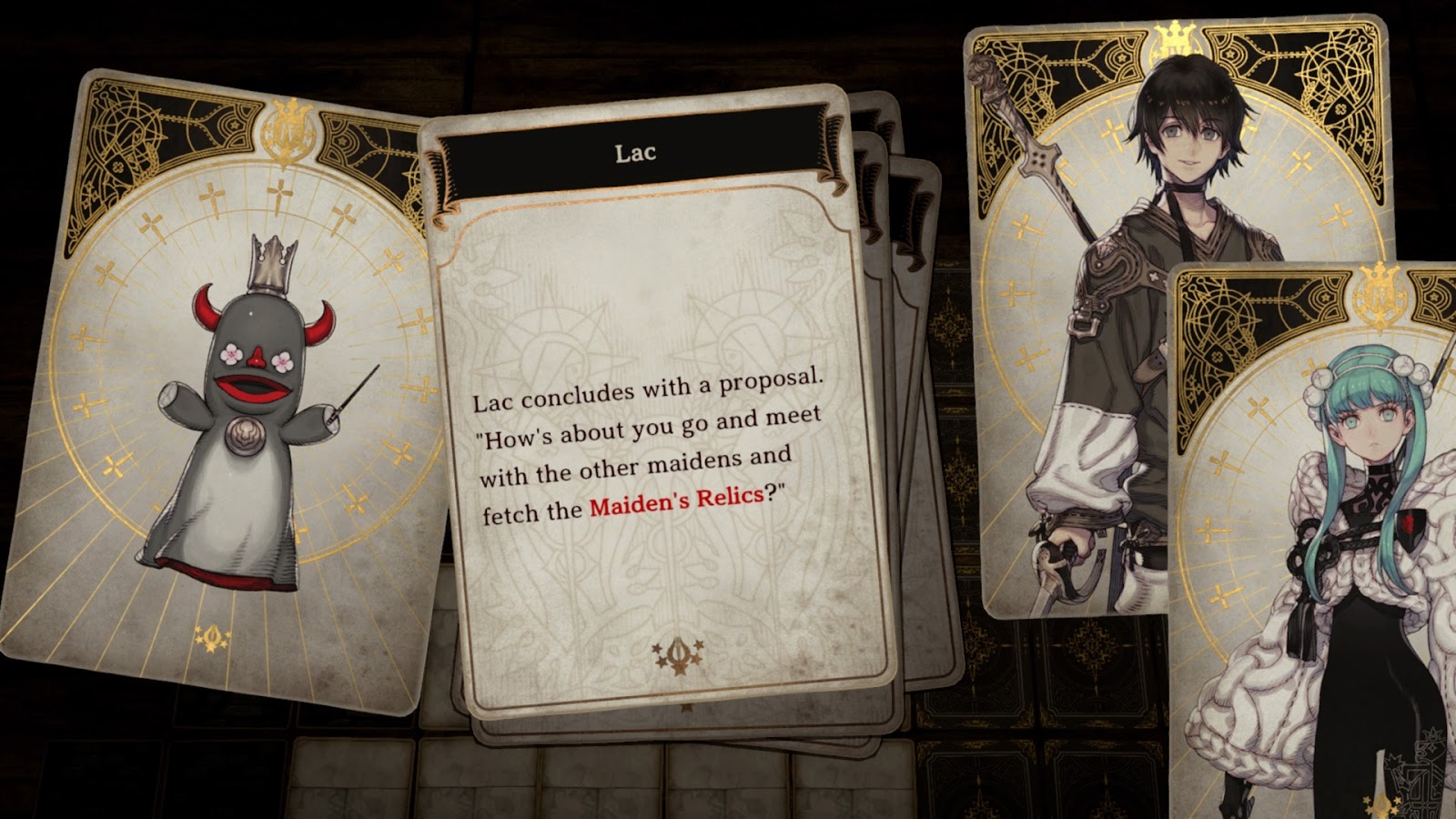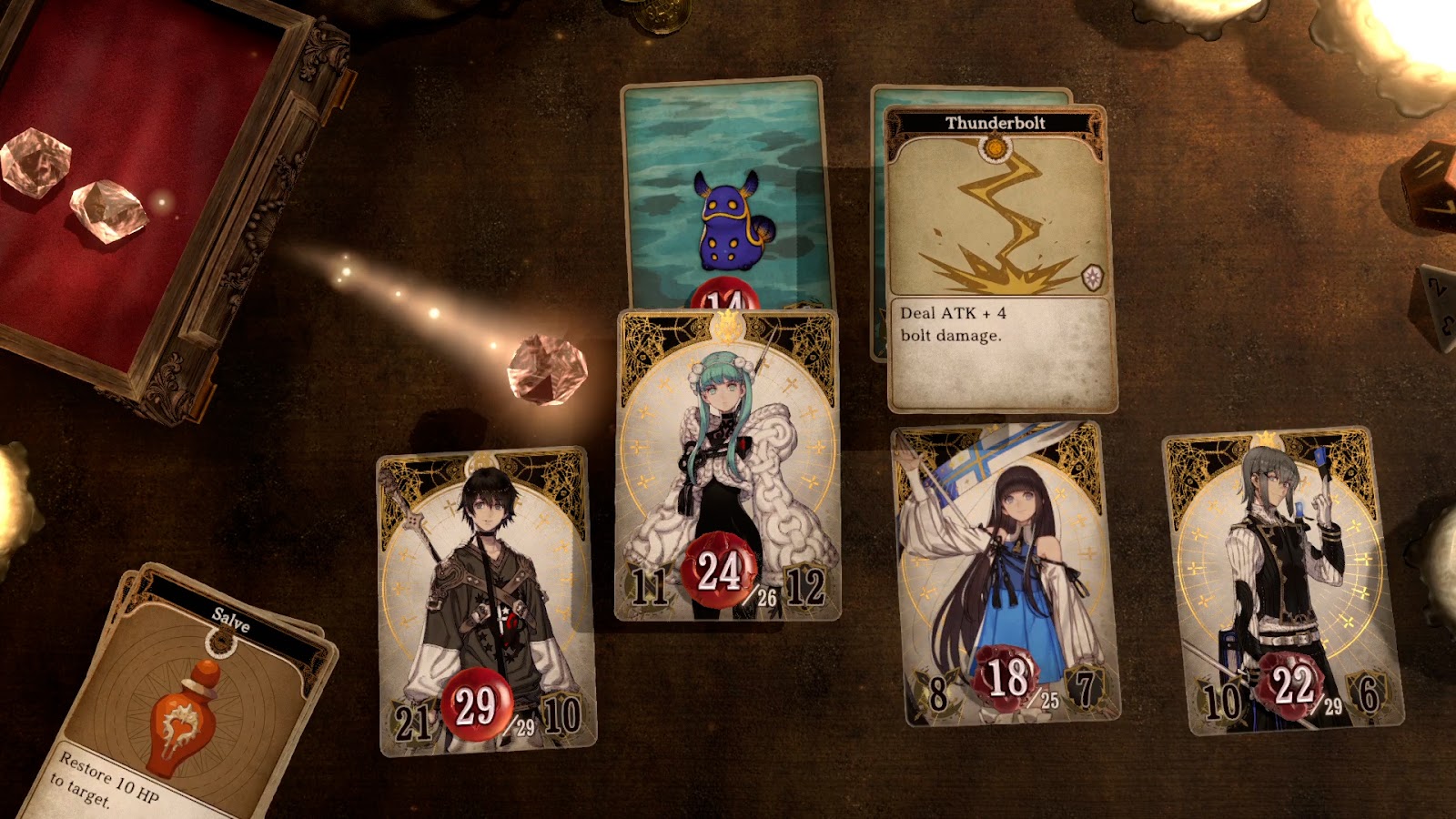One of the things that has excited me most about Voice of Cards was the potential that it had to deliver a true “Dungeons & Dragons,” tabletop-like experience. Those who have been playing Dungeons & Dragons for long enough will know how the adventure modules work. You have the base game platform and system (i.e. the Dungeons & Dragons ruleset), and then you would buy individual adventures as they appealed to you, to take your gaming group through. As you finish one campaign, you pick up another module and start playing again, and though the rules would stay consistent, the storytelling was wildly different each time. The Forsaken Maiden proves that the developers seem to have had the same idea.










